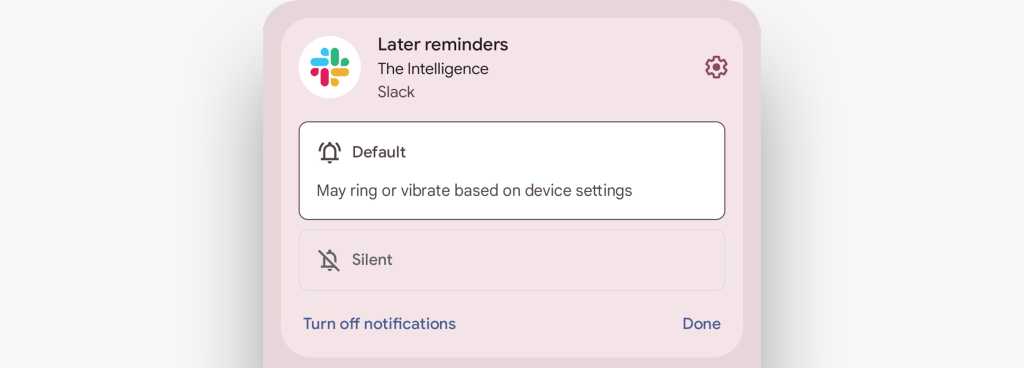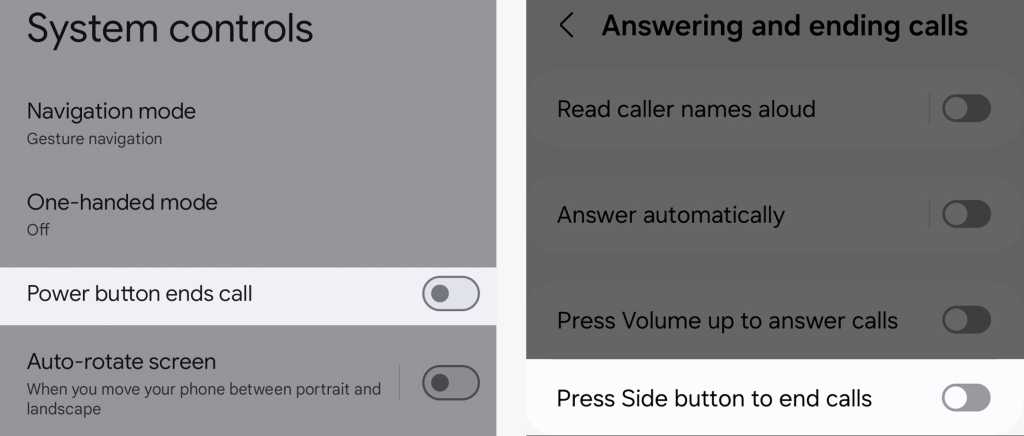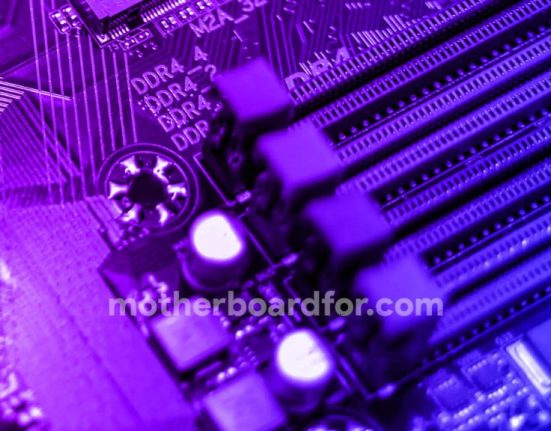- On any phone that follows Google’s core Android interface, simply toggle off the switch next to “Use auto-rotation” within the Display section of system settings.
- On a Samsung phone, the feature is curiously not present at all in the system settings, but you can find a switch to turn it on in the Quick Settings area that appears when you swipe down twice from the top of your phone. Look for the icon labeled “Auto-rotate” and tap it once to turn it off (which will change its title to “Portrait” — confusingly, but that will do the trick).
From now on, every time you rotate your device, it won't automatically change the screen orientation, but instead a small icon will appear in the corner of the screen. You can then tap that icon to change the rotation or ignore it to leave it as is.
Android Problem #8: Tiny Text
Stop squinting, will you? If the words on your phone are too small, go to the Accessibility section of your system settings and try two options: “Font Size,” which will increase the size of the text, and “Font Size,” which will increase the size of the text. text on the entire phone and “Screen Size” or “Screen Zoom”, which will increase the size of all on your screen.
On a Pixel phone or other device that follows Google’s standard Android interface, both options will be within the “Display & text size” area of the system’s accessibility settings. On Samsung devices, you’ll need to tap “Vision enhancements” and then select “Font size and style” or “Display zoom” to make the two adjustments.
Android Problem #9: Annoying Notifications
Whether it's an overly aggressive app or, ahem, an overly aggressive texter, stop annoying notifications at their source by pressing and holding your finger until the next unwanted alert pops up. That'll open a control panel of sorts that lets you disable the associated notification type entirely, or simply mute it so it still pops up but doesn't actively demand your attention.

Less annoying notifications are always just a long press and a tap away.
JR Rafael / IDG
And if you are In fact If you're feeling crafty, you can Create powerful filters for your Android notifications to customize and control exactly how different types of alerts behave, and even, if you so choose, resume similar notifications and make your to-do list less overwhelming.
It's 2024! You shouldn't be able to access your contacts from just your phone, and you shouldn't have to juggle “transferring” them from one device to another.
If you're using a phone made by a manufacturer other than Google, go to your Contacts app and Make sure it is set to sync your information with your Google account — not with the manufacturer's proprietary synchronization service.
This is especially relevant for Samsung ownerssince the company tends to sync contacts with its own standalone service by default. That’s fine if you only want to access that information from that phone and if you plan on buying only Samsung-made phones in the future (forever), but in any other scenario, that setting won’t be of any use to you.
Once you make this change, your contacts will be synced to Google Contacts, meaning they will always be immediately available in the Google Contacts Website On any computer you're logged in to and on any phone where you install the Google Contacts Android App.
Android Problem #11: Problems Ending Calls
Have you ever found yourself struggling to end a call, but the screen doesn't turn on fast enough? Or maybe the screen turns on, but the command to hang up isn't there and ready?
An Android accessibility option can make your life infinitely easier by allowing you to press your phone's physical power button any time you're ready to say goodbye. There's no need to search for the right icon or even look down to see your phone — just press a button on the edge of the device and the person on the other end is gone (thank goodness!).
All you have to do is look for the “Power button ends call” option in the Accessibility section of your system settings. On Pixel phones and other devices that follow Google’s standard Android interface, it’ll be inside a “System controls” submenu in that area. On Samsung products, you’ll have to tap “Interaction & dexterity” and then “Answer and end calls” to find it, and it’ll be labeled “Press side button to end calls” (though the “side button” in most cases is just the power button).

If you dig deep enough in Android's settings (on a Pixel phone, left, and on a Samsung device, right), you can find a toggle that will make it much easier to end a call.
JR Rafael / IDG
However you get there, flip that switch and get ready to end a call easier than ever.
Android Problem #12: A Frozen Phone
One of the most frustrating Android problems is having a phone that gets stuck in some process and doesn't respond or that just shuts down and won't turn on. But no matter how bad the situation seems, there's almost always a solution.
The easiest way is to do a hard reset of your device: depending on your device, you'll need to hold down the power button alone for 30 seconds or a minute, or hold down the power button and the volume down or up button together for the same amount of time (or until you feel a vibration and see something appear on the screen). If you see a strange-looking menu that says “Boot” and has a picture of an Android robot on it, don't worry: Just press the power button again and your phone should boot up normally.
If none of these processes work, try leaving your phone plugged in for a few hours to make sure the battery doesn't die. Then try again.
If things still they don't appear, and if you don't even see the standard battery indicator graphic appear on the screen when you plug in your phone, well, my friend, it's time to move on to our final Android problem.
Android Problem #13: A Phone That Won't Charge
Last but not least is the problem that ends all Android problems: an Android phone that simply won't charge (and therefore won't turn on once the battery is completely drained either). I've been there. And while it's certainly possible that this is some sort of hardware-related defect, it's also quite likely that it's something that can be fixed in a jiffy.
So try this: Take something like a toothpick or the end of a paper clip and very carefully and very gentle Dig around in your phone's charging port to remove any lint or debris that may have built up there. It sounds crazy, I know, but sometimes so much gunk builds up in that area that the power cord can't make a good connection and charge your device (or charge it consistently, without the connection popping in and out and making charging difficult).
Once you've cleaned off a fair amount of gunk, plug your phone back in and see if anything happens. If the battery was completely dead, you may have to leave it plugged in for a while before you see any results. But there's a good chance this will do the trick, and then within minutes you'll be back up and running.
Sometimes the simplest solution is the most satisfying of all.
This article was originally published in August 2020 and updated in July 2024.













Leave feedback about this